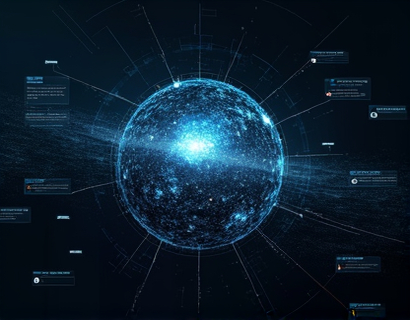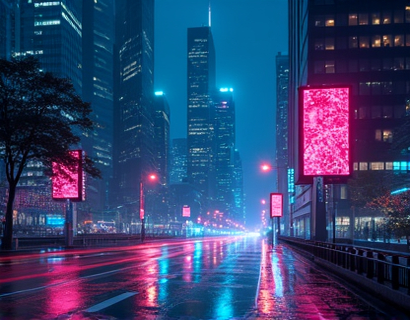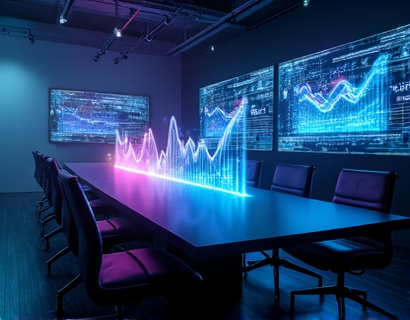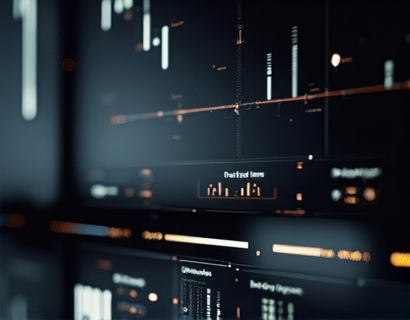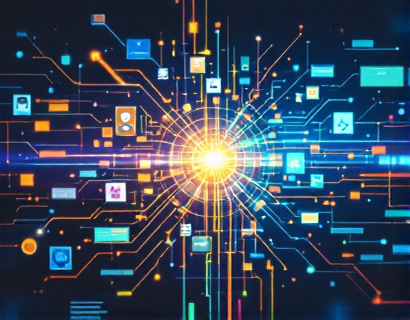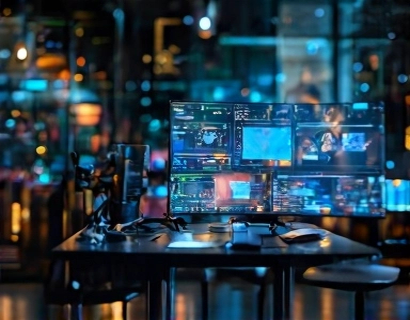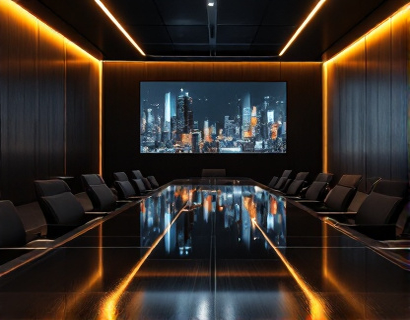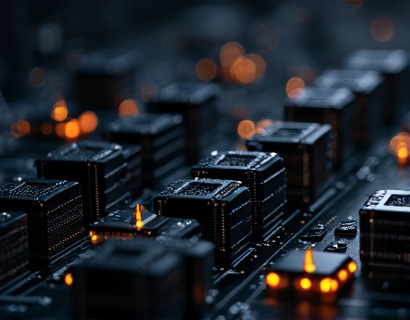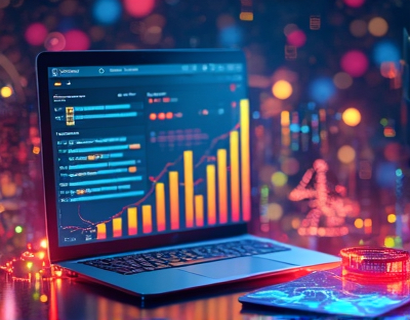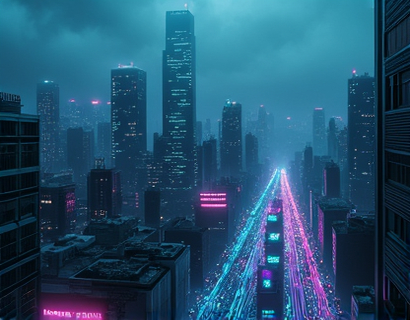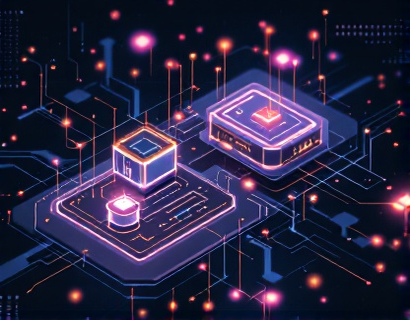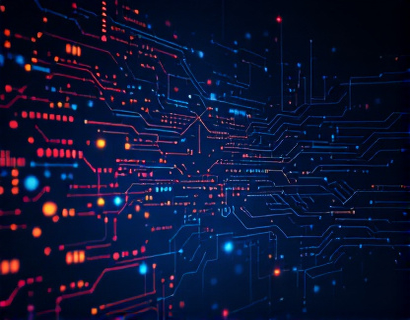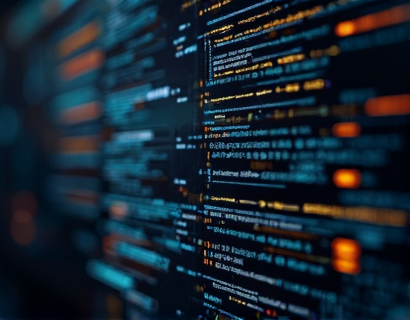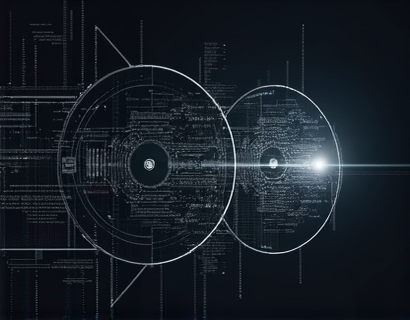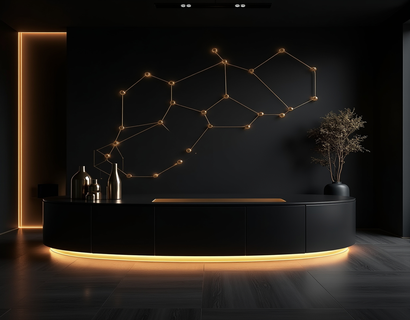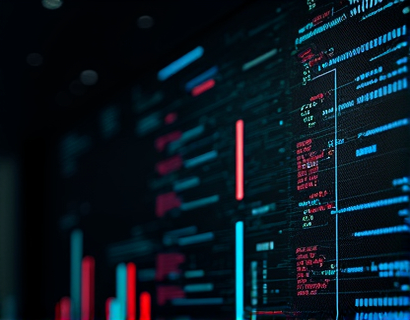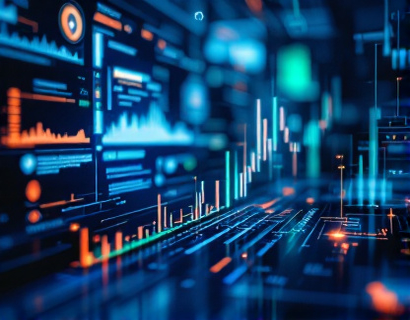Unlocking Creative Potential with AI: Simplifying Graphic Design for Everyone
The integration of Artificial Intelligence in graphic design has revolutionized the way we create visual content. This technology has made it possible for individuals with varying levels of design expertise to produce high-quality graphics with unprecedented ease. The traditional barriers of requiring extensive design knowledge or expensive software have been significantly lowered, allowing a broader audience to engage in creative visual expression. This shift not only democratizes design but also empowers users to transform their ideas into compelling visuals efficiently.
Accessibility of Graphic Design
With the advent of AI-powered design tools, graphic design is no longer confined to professional designers. These tools are designed to be user-friendly, enabling marketers, small business owners, content creators, and even hobbyists to create visually appealing content without needing to learn complex design software. The simplicity and accessibility of these platforms mean that anyone with a creative idea can bring it to life, fostering a more inclusive environment for creativity.
How AI Simplifies the Design Process
AI in graphic design works by understanding and interpreting user inputs to generate designs that match the desired aesthetic and functionality. Users can input text, select color schemes, choose layouts, and the AI algorithm takes over to create a cohesive and professional-looking graphic. This process significantly reduces the time and effort required to produce high-quality visuals, making it ideal for those with busy schedules or limited design experience.
Key Features of AI Design Tools
One of the standout features of AI design tools is their ability to learn from user preferences and previous designs. This means that over time, the tool becomes more attuned to the individual's style, further streamlining the design process. Additionally, these tools often come with a vast library of templates, icons, and elements that can be easily customized, providing a solid starting point for any project.
Benefits for Different User Groups
The impact of AI in graphic design is profound across various user groups. For designers, it enhances productivity and allows for more experimental and innovative work. Marketers can quickly create engaging social media posts and marketing materials, ensuring their brand remains visually consistent and appealing. Small business owners benefit from being able to produce professional-looking content without the need for a dedicated designer, saving both time and money.
Content creators, whether they are bloggers, vloggers, or podcasters, can enhance their online presence with high-quality visuals that capture attention and convey messages effectively. Hobbyists and educators can use these tools to create educational materials, presentations, and artwork, making learning and sharing knowledge more engaging. Non-profit organizations can also leverage these tools to create impactful campaigns and promotional materials that resonate with their audience.
Time and Effort Savings
One of the most significant advantages of using AI in graphic design is the substantial time and effort savings. Traditional graphic design processes can be time-consuming, involving multiple steps from concept to final output. With AI tools, much of this process is automated, allowing users to focus on the creative aspects rather than the technical ones. This efficiency is particularly beneficial for those managing multiple projects or working under tight deadlines.
For instance, creating a series of social media posts that would previously take hours to design can now be accomplished in minutes. This not only boosts productivity but also reduces the cognitive load, allowing users to allocate their time and energy to other critical tasks.
Professional Results with Minimal Effort
Despite the ease of use, the quality of the designs produced by AI tools is often comparable to those created by professional designers. The algorithms are trained on vast datasets of high-quality designs, ensuring that the output is aesthetically pleasing and effective. Users can achieve professional results with minimal effort, making it an attractive option for those who want to maintain a high standard of visual content without the need for extensive design skills.
Moreover, the ability to preview and adjust designs in real-time means that users can fine-tune their creations to perfection. This level of control ensures that the final product meets their specific needs and brand identity.
Enhancing Creativity and Innovation
AI design tools do more than just simplify the process; they also enhance creativity and innovation. By providing a wide range of design options and automatic suggestions, these tools inspire users to explore new ideas and combinations they might not have considered otherwise. The AI's ability to generate unique and diverse designs can spark creativity, leading to more innovative and impactful visual content.
Additionally, the collaborative nature of AI tools allows for experimentation and iteration. Users can quickly try out different variations and select the best options, fostering a creative process that is both efficient and inspiring.
Applications Across Industries
The versatility of AI design tools makes them applicable across various industries and domains. In marketing, businesses can create visually stunning advertisements, brochures, and website elements that resonate with their target audience. For e-commerce platforms, high-quality product images and shop layouts can be designed quickly, enhancing the online shopping experience.
In the realm of education, teachers and educators can produce engaging lesson plans, infographics, and presentations that captivate students and aid in learning. Non-profit organizations can use these tools to create compelling fundraising materials and awareness campaigns, amplifying their impact. Creators and artists can experiment with new styles and techniques, pushing the boundaries of their work.
Overcoming Design Challenges
One of the common challenges in graphic design is maintaining consistency across multiple platforms and formats. AI design tools address this by allowing users to easily adapt designs for different mediums, such as social media, print, or web. The tools often include features that optimize designs for specific resolutions and dimensions, ensuring that the visuals look great wherever they are used.
Another challenge is the need for visual content to be accessible and inclusive. AI tools can assist in creating designs that are color-blind friendly, have appropriate contrast ratios, and follow accessibility guidelines. This ensures that the content is usable by a wider audience, including those with visual impairments.
Future of AI in Graphic Design
The future of AI in graphic design is promising, with ongoing advancements expected to further enhance the capabilities of these tools. Improvements in natural language processing and machine learning will make design interactions even more intuitive, allowing users to communicate their ideas more effectively through text-based commands.
Additionally, the integration of augmented reality (AR) and virtual reality (VR) into design tools could open up new possibilities for immersive and interactive visual content. As AI continues to evolve, it will likely become even more seamless and integrated into the creative workflow, making design more accessible and powerful than ever before.
Conclusion
The integration of AI in graphic design has transformed the creative landscape, making high-quality visual content creation more accessible and efficient. By simplifying the design process, these tools empower a diverse range of users to express their creativity and bring their ideas to life. Whether you are a seasoned designer or a casual hobbyist, AI design tools offer a powerful way to enhance your visual content and achieve professional results with minimal effort. As the technology continues to advance, the potential for innovation and creativity in graphic design is bound to grow, opening up new horizons for everyone involved.



